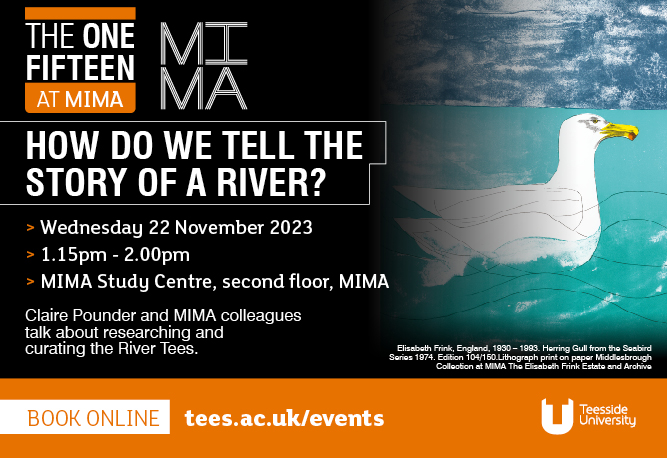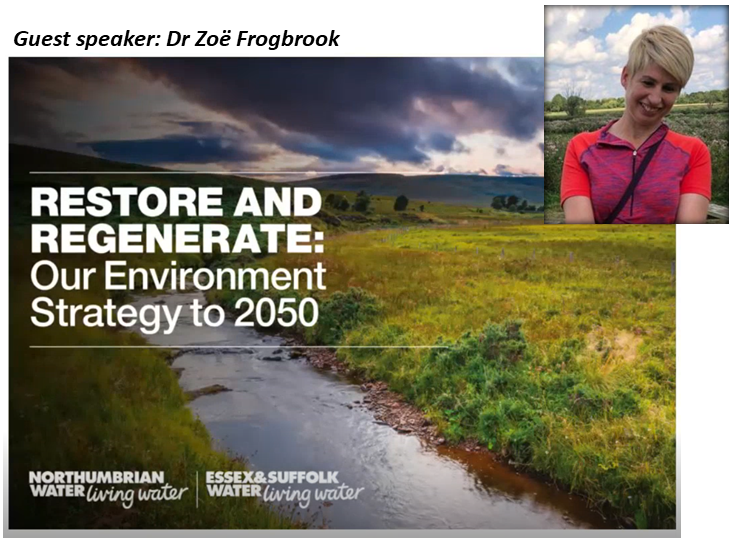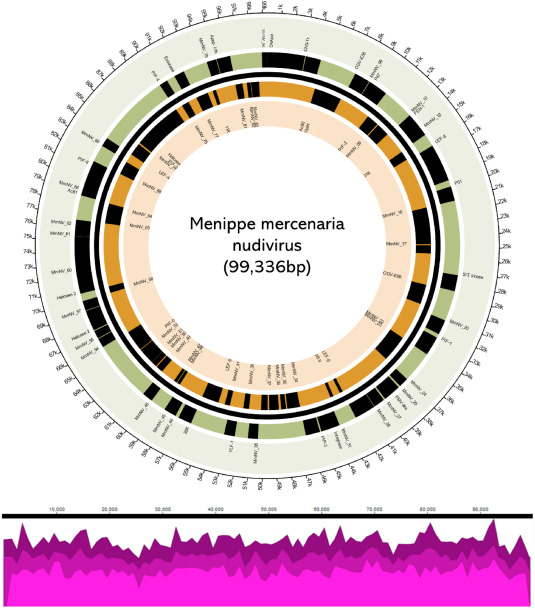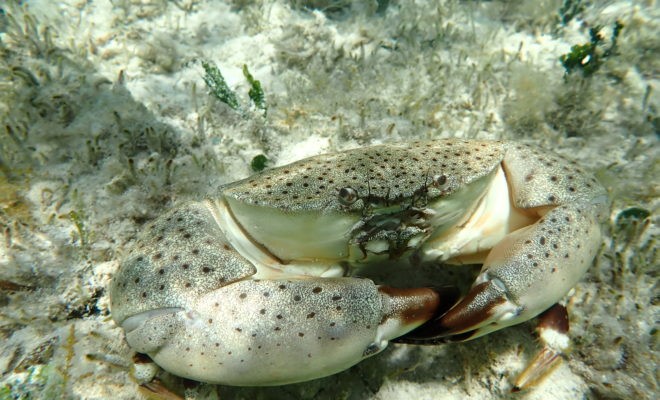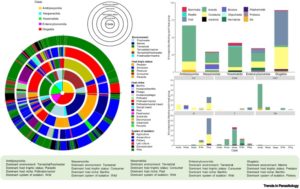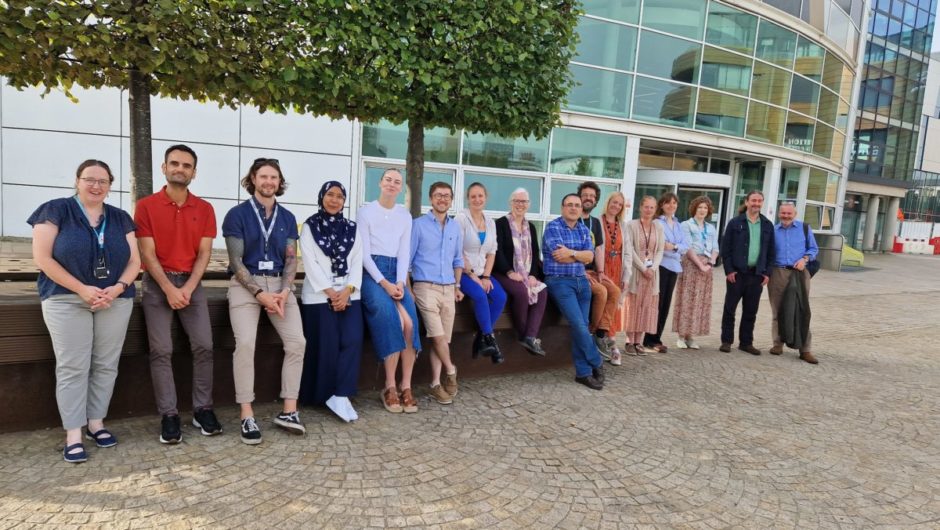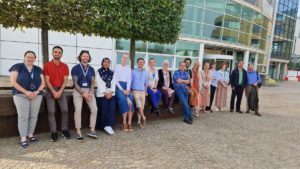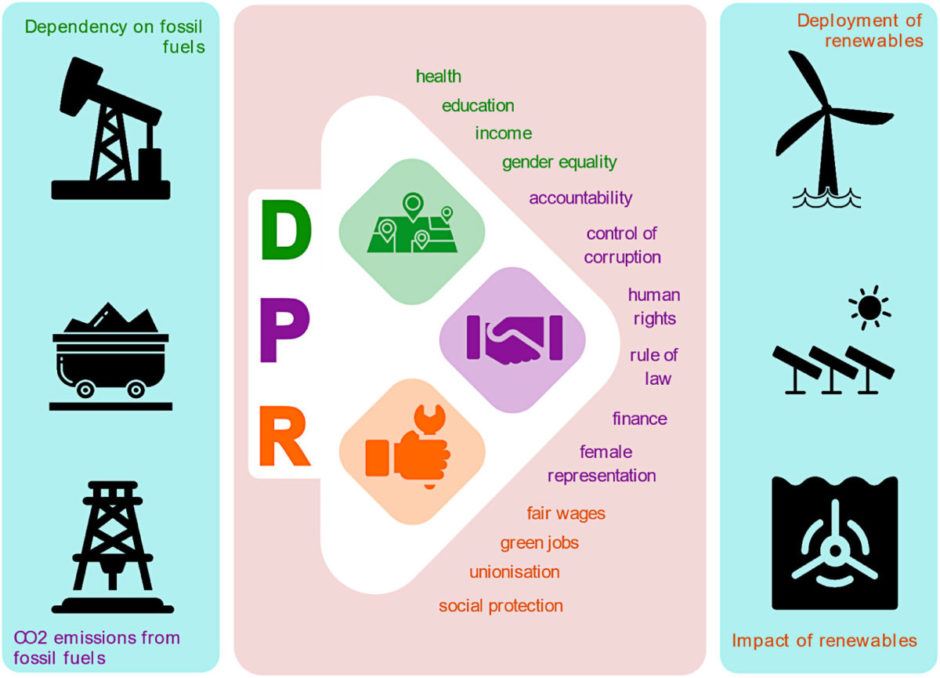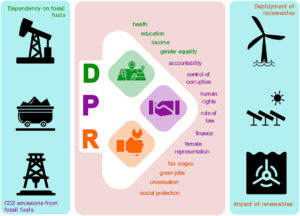ICCF2023: Navigating the Future of Cocoa Sustainability
The International Cocoa and Chocolate Forum, ICCF2023, held over two insightful days, delved deep into the heart of the cocoa industry, addressing pressing issues and forging a path towards a more sustainable future. Organized by the International Cocoa Diplomacy (ICD), this conference served as a platform for the scholarly exchange of ideas, addressing the pressing challenges faced by the cocoa industry and paving the way towards a more sustainable future.
Exploring the Conference Theme
ICCF2023 was built around a central theme – “The new EU policy, its effect on cocoa-producing regions, and the way forward for the global cocoa trade and industry that supports transformation with regards to the resilience of cocoa farmers.” This overarching theme shaped the discussions and provided a robust framework for academic exploration. Under the overarching theme the conference was a confluence of knowledge, ideas, and a resounding call to action.
Day 1: Seeds of Transformation
On the first day of ICCF2023, Dr Oluseye Oludoye had the honor of being one of the keynote speakers on the first day, presenting on the topic of “Good Agricultural Practices for Sustainable and Quality Cocoa Production.” His presentation was a highlight, shedding light on essential practices for the sustainable and high-quality production of cocoa. Also, other speakers including Soji Sanyaolu, Patrick Adebola, Chantal Coady OBE, Lynn Lockwood, Carrie Pemberton Ford Ph.D., Lorna Marah, Lisette Davis, Gbolahan Peter Macjob, and Jules Achard, shared their expertise on topics ranging from “Good Agricultural Practices” to “Sustainable and Traceable Practices.” The day’s discourse explored critical issues, including “Addressing global resource gaps,” “Utilization of technology/AI and incentivizing new generation farmers,” “The role of media in bridging the gap between producing and consuming regions,” and “How to address social issues around slavery, human trafficking, child, and forced labor.”
Day 2: Unraveling Challenges and Opportunities
Day 2 marked a deep dive into the European Union’s Directive on Sustainable Cocoa (EUDR). The conference tackled EUDR compliance, the industry’s responsibility, and the timelines for its implementation. This day was instrumental in aligning the cocoa industry with evolving global policies and standards. The second day was equally remarkable, with Dr Oluseye Oludoye actively engaging in a roundtable discussion that centered around the theme “Social responsibility or social investment? Defining the role of key stakeholders along the cocoa value chain from production to consumption for positive social impact.” His insightful contributions added depth to the discussions on the crucial role of stakeholders in driving positive social change throughout the cocoa value chain.
Discussions didn’t stop there; they extended to examine the positive or lack of impact and effectiveness of sustainability labels, offering a critical assessment of investment opportunities within the global cocoa industry. A central theme revolved around redefining the role of key stakeholders along the cocoa value chain, shifting focus towards investment rather than purely social responsibility for a positive social impact. A pivotal question posed was whether achieving value addition in cocoa production regions was an achievable reality or a mere myth. Other second day’s discussant including Antonie Fountain, Robin Dand Fuad Mohammed Abubakar, Dela Akuffo, Lynn Lockwood, Carrie Pemberton Ford Ph.D., Soji Sanyaolu, Patrick Adebola, Jules Achard, Francis Anatogu, and Clay Gordon, delved into these discussions, closing the evening with a “Call to Action” Presentation of ICD.
A Transformative Conclusion: ICCF2023 and Beyond
The International Cocoa and Chocolate Forum, ICCF2023, was more than a conference; it was a catalyst for change. As the event came to a close, it left attendees inspired, informed, and motivated to drive positive transformations within the cocoa industry.
This slideshow requires JavaScript.


